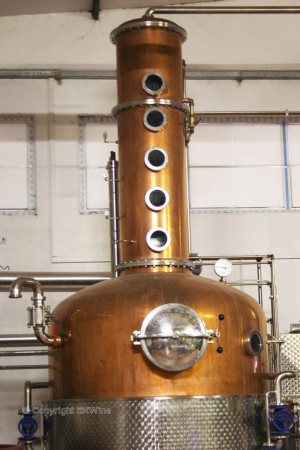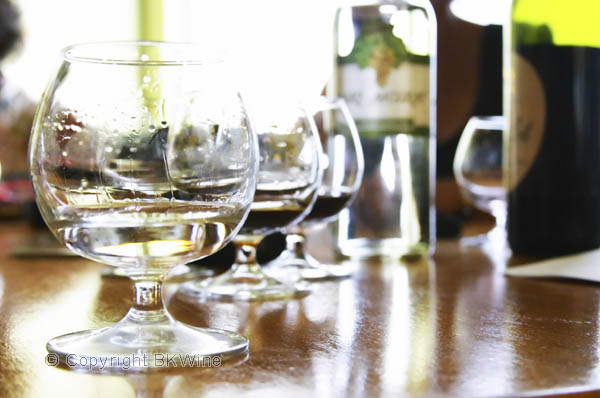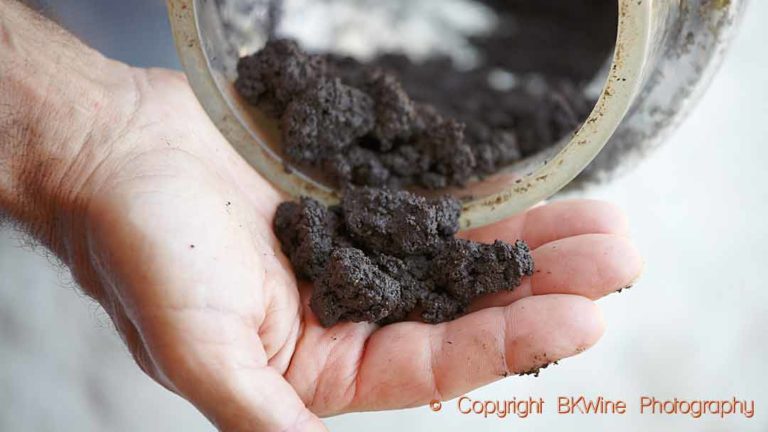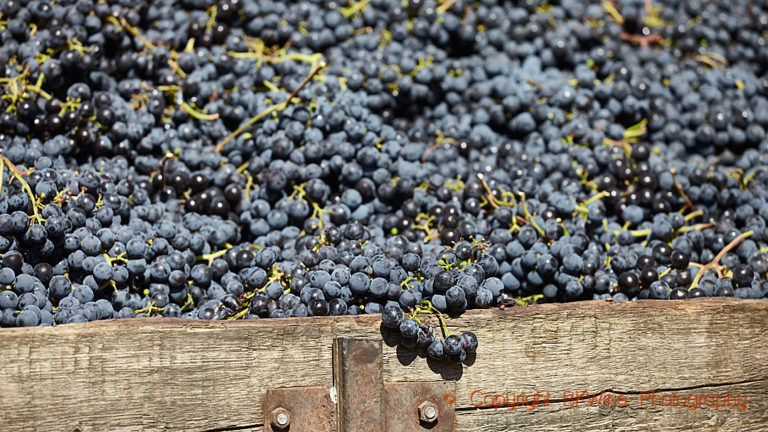On a trip to the Piedmont wine region this spring we visited a grappa producer, Distillatori Mazzetti. And we discussed what actually happens to all the grape skins after they have been pressed.

Is everything distilled into grappa? No, in that case we would probably have a huge grappa surplus. There are, as you can imagine, quite a lot of grapes being pressed every year.
In the EU wine producers must give away all their grape skins. It is mandatory to send the vinaccia (Italian) or the marc (French) to a distillery, approved by the state. With this rule, it is supposed that a certain quality of the wine is maintained, as it prevents growers to press their grapes too hard.
In France, every year about 850 000 tonnes of grape skins are distilled or disposed of in other ways by 50 different distilleries around the country. 100 000 hectolitres of distillates destined to be drunk are made. The rest is used by for instance by the cosmetics industry, as organic fertilizers, biofuels, by the food industry etc.
The French equivalent of grappa is called marc, the same word that is used for the pressed skins. French marc has not the same notoriety as grappa. There are good marcs from for example Burgundy and Champagne, but the French have not at all focused on this in the same way as the Italians have. I suppose they do not feel the need as they have so many noble spirits already. Cognac and Armagnac, both made from distilled wine, probably wouldn’t appreciate the competition.
An EU regulation would not be a real EU rule if there were no exceptions. And the exception to this rule is that the wine grower may be allowed keep some of his pressed skins if he wants to use them in his compost.
And how did the grappa taste at Distillatori Mazzetti in Altavilla Monferrato that we visited in May?
Fantastic! For the first time, I felt that there really is a difference between grappas from different grape varieties. We tasted grappa made from the aromatic Moscato grape, and another one made from Nebbiolo di Barolo. Big difference! I liked them both, the deep flavoured Nebbiolo and the fresh, floral Moscato.
[box type=”info” style=”rounded” border=”full”]If you are curious about grappa then you should take the opportunity to discover more on one of our wine tours to Italy, e.g. to the Piedmont. You will also have great opportunities to enjoy the wines and the food of Italy.[/box]











